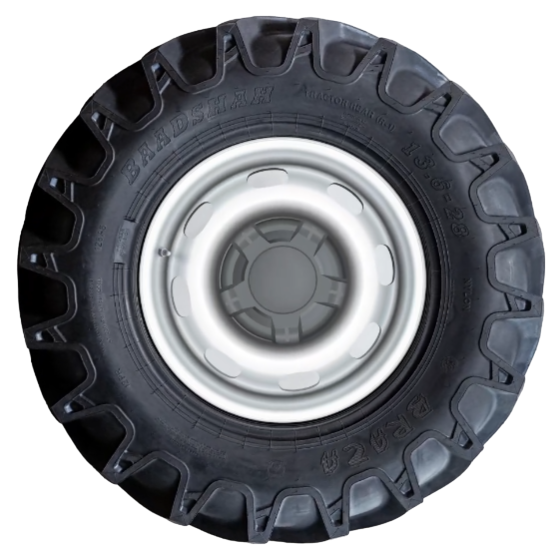MY TYRE IS FLAT OR SOFT
If your tire is looking flat or soft, here are some tips to consider:
- Check the tire pressure: Use a tire pressure gauge to measure the air pressure in the affected tire. Compare the reading to the recommended tire pressure specified by the vehicle manufacturer. If the pressure is significantly lower than the recommended level, it may be the cause of the tire appearing flat or soft.
- Inflate the tire: If the tire pressure is low, use an air compressor or visit a nearby gas station to inflate the tire to the recommended pressure. Be sure not to overinflate the tire, as it can lead to other issues.Inspect for punctures or damage: Carefully examine the tire for any visible punctures, cuts, or damage on the tread area, sidewall, or valve stem. If you find any such damage, it may be the reason for the tire looking flat. In such cases, it’s advisable to consult a professional tire technician for repair or replacement.
- Check the valve stem: Ensure that the valve stem is properly seated and not damaged. A faulty or damaged valve stem can cause air leakage, resulting in a flat or soft tire. If necessary, have the valve stem replaced by a qualified technician.
- Monitor the tire for air loss: After inflating the tire, keep an eye on it over the next few hours or days to see if it maintains the proper pressure. If you notice a gradual decrease in pressure, there may be a slow leak or a problem with the tire or rim. In such cases, it’s recommended to have the tire inspected by a professional.
- Consider a temporary fix: If you’re in a situation where you need to drive the vehicle before getting the tire repaired or replaced, you can use a tire inflator or sealant product that is specifically designed for temporary repairs. These products can help seal small punctures and inflate the tire temporarily, allowing you to reach a nearby service centre safely.
Remember, it’s crucial to address the issue promptly and seek professional assistance if needed. Driving with a severely underinflated or damaged tire can compromise safety and cause further damage to the tire or even lead to a blowout.
Tyre Damage that Requires Repair:
- Most punctures, nail holes or cuts up to ¼” confined to the tread, may be repaired by a tyre professional using industry-approved
procedures. - An on-the-wheel plug-only repair is unreliable and dangerous because
after a puncture, the inside of a tyre must be inspected.
Solution:
- The proper repair of a radial tyre (most tyres) includes the placing of a rubber patch on the inner liner of the tyre and a rubber filling in the hole.
- Do not attempt to repair tyres with tread punctures larger than 1/4″ or any sidewall puncture. Also, do not have tyres repaired that are worn below 2/32″ tread depth.
- Replace your damaged tyre with a spare tyre – but be sure to first check the spare tyre’s sidewall for the correct inflation pressure, speed and mileage limitations. Take your vehicle for an inspection to a tyre professional.
- An on-the-wheel plug-only repair is unreliable and dangerous because after a puncture, the inside of a tyre must be inspected.



